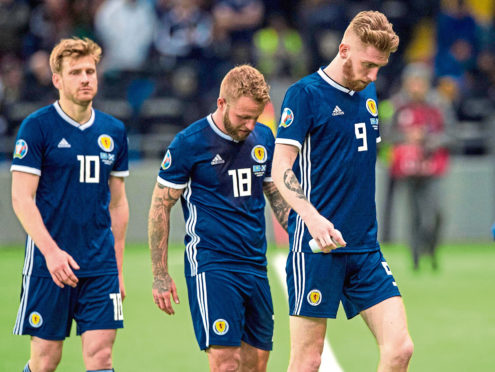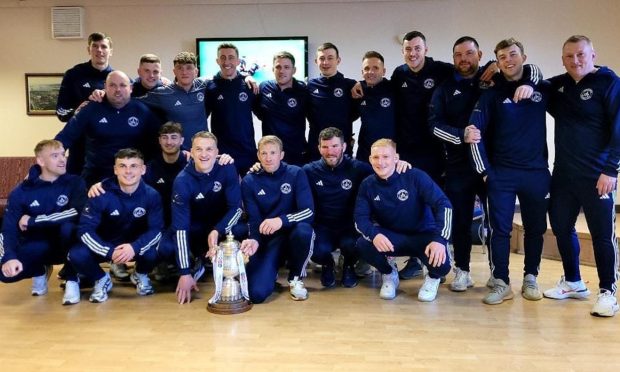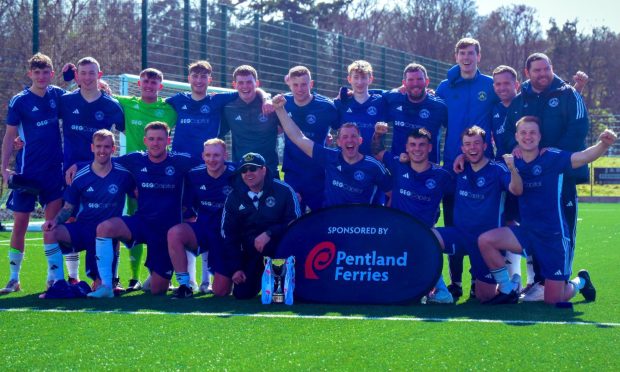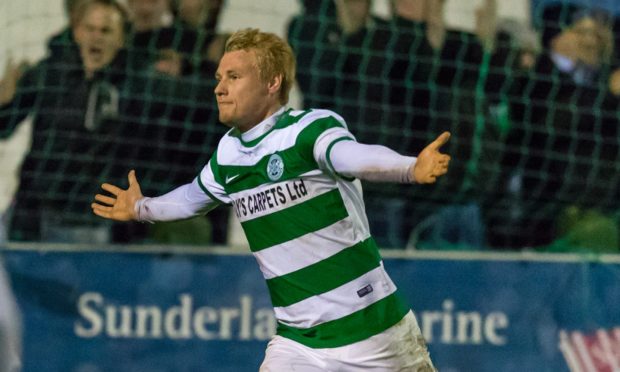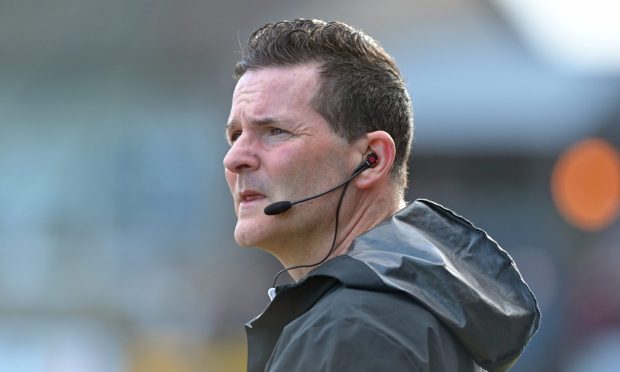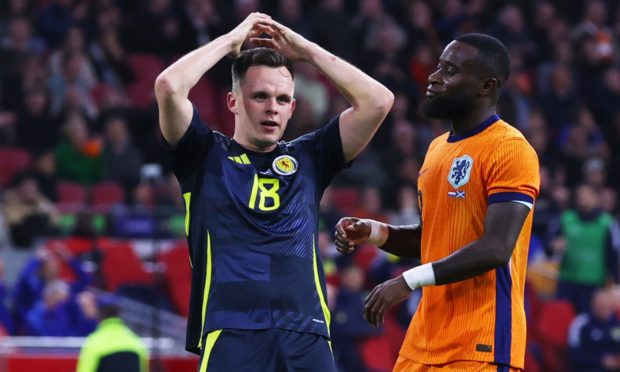While the rest of the UK attempts to orchestrate the removal of a backstop hindering a prompt departure from Europe, Scotland is already thankful that they have one in place.
Anyone who wondered whether the knowledge that they would have a second chance to qualify via the Nations League play-off would affect Scotland’s efforts in their Euro 2020 group didn’t have to wait long to find out. Barely more than nine minutes to be exact.
That was all the time it took for Kazakhstan, a side which had not won a home major tournament qualifier since edging the Faroe Islands in September 2013, to take a decisive stranglehold over the opening fixture and leave Scotland’s hopes of reaching the top two in the section – with far tougher matches still to come – in ruins from the very beginning.
And if anything, the 80-plus minutes which followed were even grimmer for Scotland.
One could possibly write off the explosive opening as a single footballing accident.
But the supine and unthreatening manner in which they essentially accepted their fate from then on spells serious trouble for national team manager Alex McLeish.
This was not perhaps his first choice of players, but nor did Kazakhstan have a full squad to pick from either.
Yet they still managed to field something readily identifiable as a team, which very basic requirement was nonetheless far beyond the dreadful rabble in dark blue.
McLeish now finds himself a leader in charge of a long and painful European exit, unable to pursue success in any meaningful engagement until the end of a year-long campaign through which his only options are to endure humiliation or be sacked.
He knows he will retain a theoretical chance of ultimate success, but will too much mortal damage be sustained in the meantime to survive?
The tale is familiar and few potential outcomes positive.
